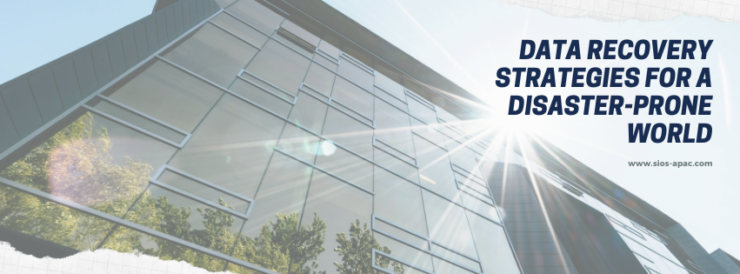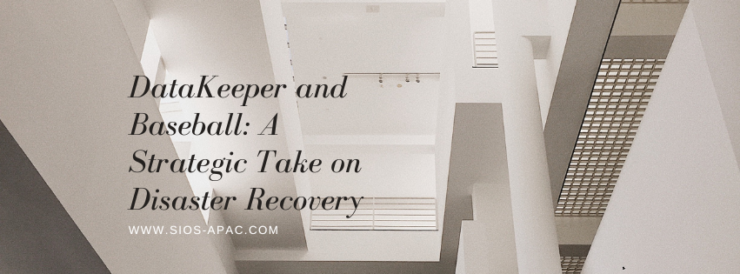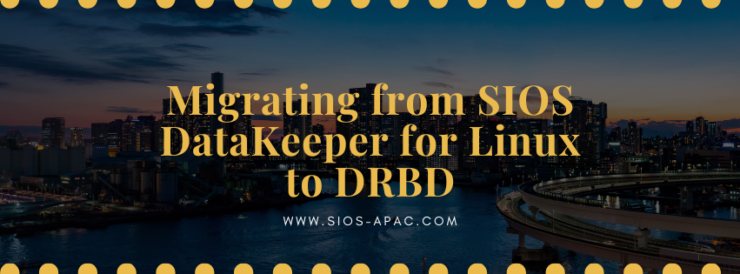| April 27, 2025 |
Data Recovery Strategies for a Disaster-Prone World |
| April 21, 2025 |
DataKeeper and Baseball: A Strategic Take on Disaster Recovery |
| April 15, 2025 |
Budgeting for SQL Server Downtime Risk |
| April 10, 2025 |
Migrating from SIOS DataKeeper for Linux to DRBD |
| April 3, 2025 |
Why is Storageless/Nodeless Quorum Dangerous for Cluster Availability? |
- Results 1-5 of 957
- Page 1 of 192 >




